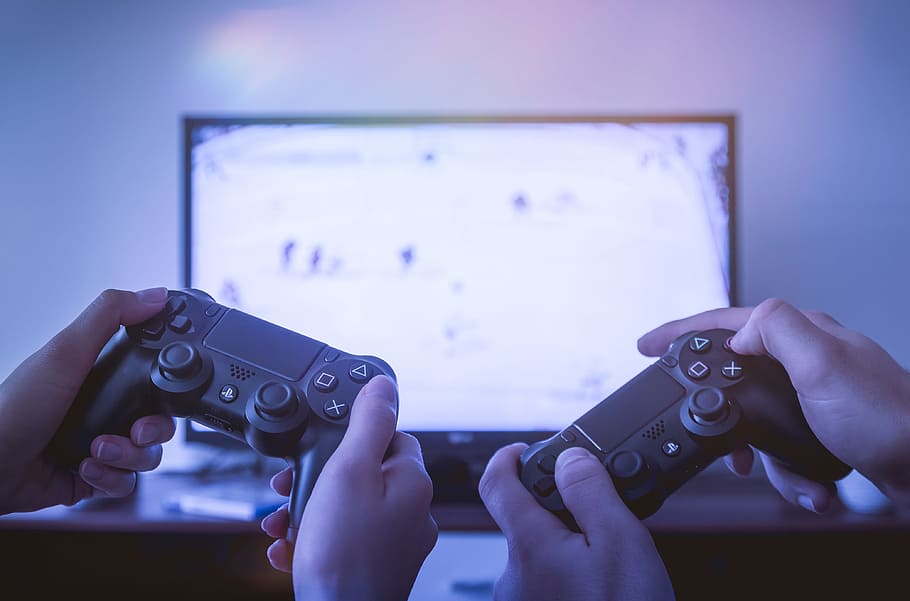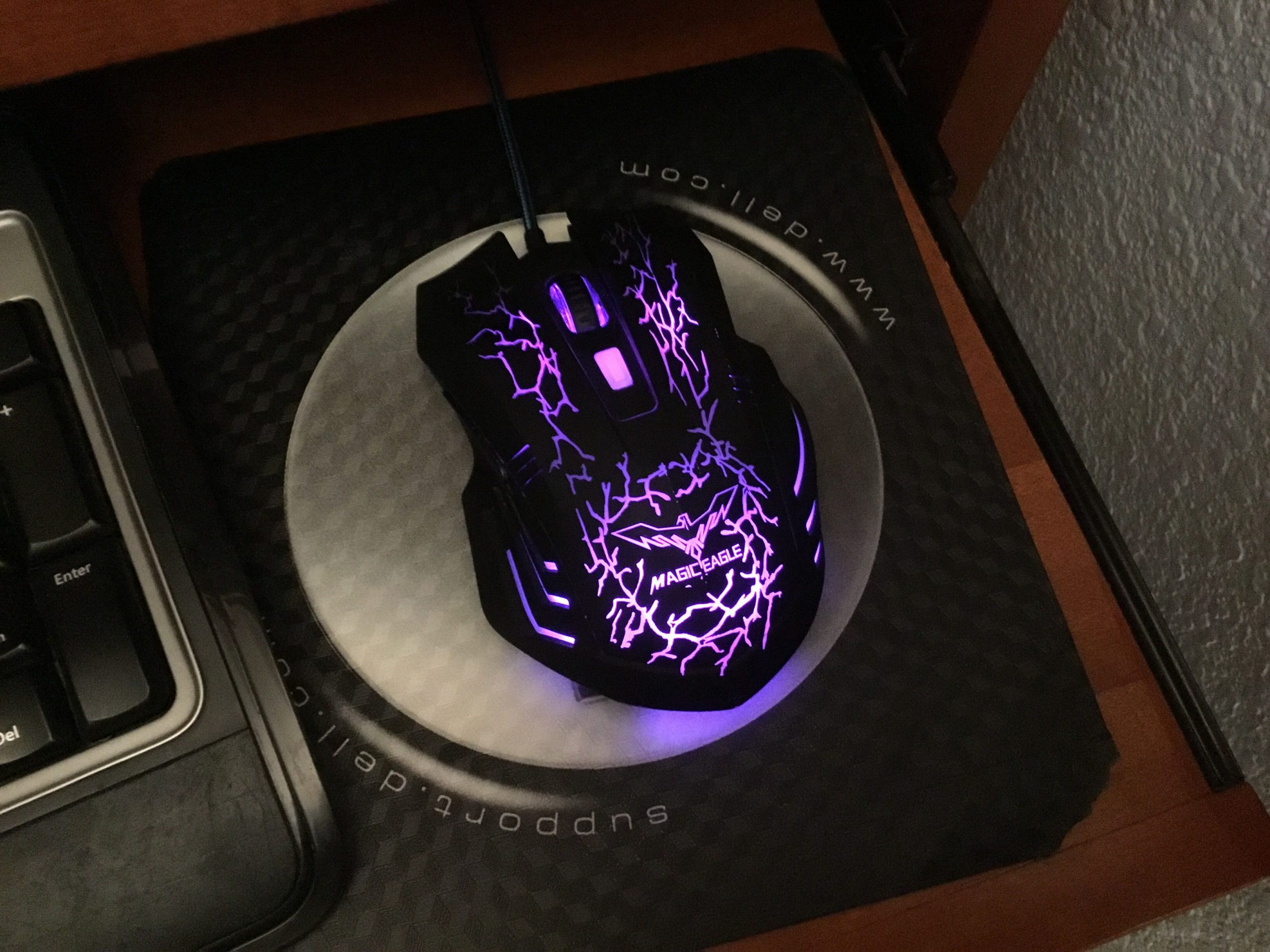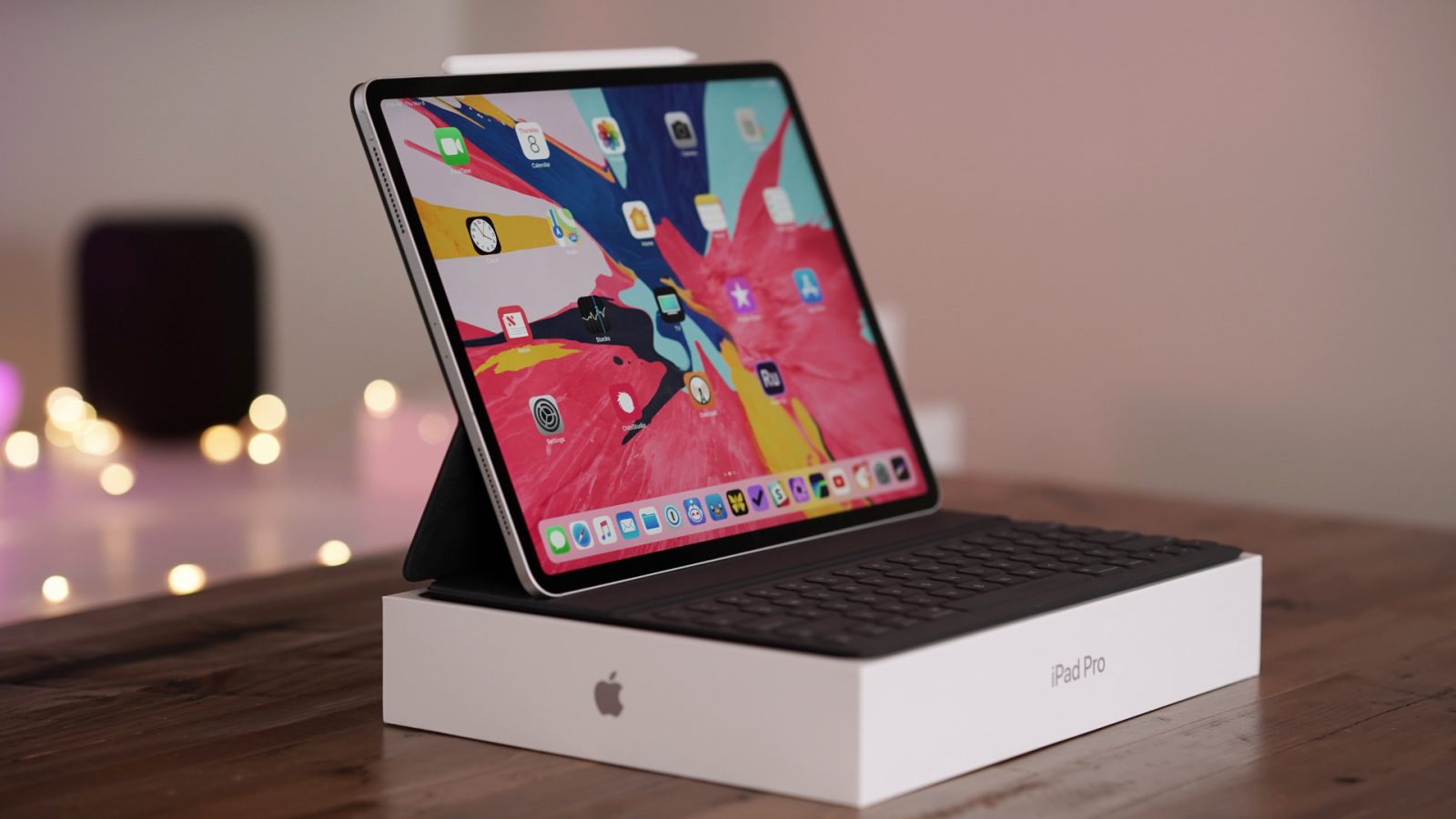Technology has changed the way we communicate in this era. It is incredibly fast and our lives revolve around numerous gadgets that are at the tip of our fingers. Technology was made to reduce the amount of work a man does but it also comes with several disadvantages. Here, we will discuss some of the disadvantages of technology and how we need to deal with them.
Technology has become a debatable topic for many, as it comes with a lot of advantages that make us overlook the disadvantages. It saves time, makes communications easier, gives access to information and much more.
Disadvantages of Technology
Table of Contents
Let us discuss the reasons why we need to control the usage of technology to improve our lives.
Lack of Thinking Ability In Students
The imaginative ability of students lacks due to technology because when they have a problem, there is technology aiding them. They would rather check their phones than seek for answers from their classmates, books or teachers. Students lack innovative, creative and imaginary skills due to technology. Playgrounds are now replaced by screens and that’s making them sedentary.
Security of Data
We save huge amounts of data on our digital devices. These are confidential information irrespective of personal or professional usages. Hackers can steal such information or invade your private space.
Insecurity of Jobs
Since computers replace human tasks, people lose jobs. Currently, artificial intelligence and robotics are taking the world by storm. Soon, many people who are at a job right now might lose their means of living and get replaced by a robot instead.
Addictive to Technology
In the modern era of technology, there is an uncontrollable urge to be on social media. We don’t spend hours without checking our notifications. Activities like texting, playing video games, replace physical contact and activities. Addiction to technology is a major problem that leads to insomnia, anxiety, depression and deviates us from real things that need time.
Accessibility to Weapons
Smart bombs, precise navigation satellites, and space-based sensors have given a different dimension to conventional warfare. Crime and terrorism have taken major leaps to destruction due to the accessibility to the digital world
These are some of the major disadvantages of technology, and let us now see how we can curb them.
The term “Detox” has been derived from universal healing. Detoxification is a process through which the body eliminates deadly toxins. Fasting or detox is a process that has been used for ages.
The process is natural. Detoxification requires an amount of time and space to work out. Through the method of detoxification, you get an opportunity to naturally heal the elasticity of your spirit, body, and mind.
Your body is continuously detoxifying itself. Nothing purposeful is required to be done in order to make it happen. But there are times when you make decisions about lifestyle changes, the environment that you are creating for yourself, even illness stresses your body.
This results in your body becoming toxic and that leads to sickness and infections. Even so, it makes you have mood swings or become lazy.
Fortunately, by detoxifying your body through controlling the situations you can reduce the stress produced. Intentionally you can provide the food your mind, spirit, and body require through natural medicinal techniques or fasting.
The aim of detox is usually called cleansing or fasting through which you minimize things your body processes in order to eliminate it to do what it should do naturally.
Digital Detox
We have heard about digestive or food-based detox. But just like that, there is also digital detox. This is curated to control the overstimulation, stress and compulsive behaviors related to the use of technology. Few of the common digital stressors are:
- Excessive levels of screen time
- Immoderate consumption of entertainment or media
- Immoderate consumption of online information
- Engrossment in excessive digital surroundings
- Unhealthy relationships with virtual and digital settings
- Excessive use of smartphones
- Long durations of digital connectivity
Digital detox is also known as content fast, media fast or technological detox which brings your body soul and spirit back to its normal balance.
A digital detox is a condition through which you purposefully limit the use of technology that is present in your life for a specific time-period to regain the balance and hence, overall welfare.
Digital detox or digital fast can be done in many ways. Whichever you choose, but regularly distancing yourself from technology is one of the most profitable things you can gift yourself.
You will go through them in detail below, but before that let us know why you need a digital detox.
Why You (and Your Kids) Need to do A Digital Detox
Technology was made to make our lives faster and easier. Then what made people so stressed, anxious or overwhelmed by their demand on social networks, phones or screen entertainment?
Accessibility to information 24/7 is wonderful, then why do you feel uneasy? Why does constant connectivity with family and friends make you feel so stressed? The answers to your question marks are lengthy and complex. But a part has been summed up below:
1. You Have Become the Product
As time has passed by, we have given up on technology owned by us to technology owning us.
The internet has given us endless and timeless information of all kinds. Smartphones are another thing that you have access to. Which makes it possible for you to have more information than you can consume just at the palm of your hands.
The use of technology has changed from “we want to use the tool” to “we must use the tool”. The services and devices have invaded our personal lives, and demanded more of our engagements and attention.
Rapidly, instead of what technology was made for, which is time-saving, we are spending all of our time on it. Very soon we are left with the imperishable feeling that there isn’t enough time.
The maximum amount of content you keep watching, a recording is building a digital version of you. So, that digital version is very valuable to oneself. Consequently, the true owners of technology need you to be engaged in it as much as possible. Because you are the product they are selling.
2. Check Out Anytime You Like, But You Can Never Leave
Ever tried quitting Facebook? If you have then you would know how difficult they make it. Incidentally, as the digital version of us keeps growing within ourselves it becomes more interconnected and detailed. This makes it extremely difficult to quit.
The designers of content and technology make these things keeping in mind our basic instincts. It is all made to make you feel something, (dopamine!), which makes you emotionally attached to the digital world.
Lamentingly, the investment we put into our digital world costs us our real world. The convenience we have of a computer which is undeniable, we also have drawbacks. Ask yourself these questions when you’re talking about digital detox.
- Are you aware of the drawbacks inherited through technological use?
- Do you have self-control on how much technology you use?
- What does the use of your technology make you feel?
Undergoing a digital detox, you will get all your answers.
Signs you need a digital detox
How does dopamine work? We will get to that and its research on the dangers of technology, but, let us first see some signs to prove you need a digital detox.
- Anxiousness
- Depression
- Lack of focus
- Insomnia
- Feeling isolated or lonely
- No motivation
- Continuously feeling distracted
- Unable to leave your house without your phone
- Walking around with a phone
- The feeling of continuously checking your phone without a reason
- The fear that you are missing out on something
- Fatigued of keeping up with your profiles, updates, and connections
- Pressurized to respond, to comment, to “like”, to review
- Texting while driving?
- Texting while having a meal with friends or family
- Eating with your phone on the table
- Switching the TV on as soon as you get back home
- Keeping the TV on when you are conversating
- Obsessed on getting comments, likes, or texts
- To find yourself to be social in public
- Texting to avoid conversations
- Going to sleep while watching over your laptop, phone or tv
- Obsessed of clicking pictures
- Lastly, you wouldn’t want to finish reading this article
While reading this article you might relate to it, which shows signs that you are addicted to dopamine rush. That is what we mostly do online. Inevitably, social media and other communicative forms of technology aim your natural dopamine response on purpose. Here we can see how it works.
Chasing the Dopamine Dragon
Dopamine is an important neurotransmitter, controls on how your brain is able to see the pleasures and rewards. Dopamine and its corresponding receptors control the way you respond emotionally to different stimuli. Although this is very important for various reasons- it can also get you into trouble.
The response to dopamine is how we see things that are going to be rewarding. As soon as the dopamine associates itself with things that are of pleasure, it immediately takes action towards those things. The interrelationship between pleasure and action determines dopamine to be a major component in risk-taking behaviors and addiction.
Dopamine release is the basic reason for addictions like drugs, nicotine or gambling. When a functional MRI is performed by researchers the brain of a person addicted to social media looks like people addicted to the above substances or gambling addictions getting them into a “fix”.
The use of technology through social media and smartphone provoke our dopamine response in various ways. The notification of a message, “like”, comment or any picture triggers the release of dopamine making us feel good. For us, social media or smartphones are associated with terms like good news, attention, social engagement or social validation.
Social media is extremely invasive. Researchers have proved that when we view attractive pictures dopamine is released. This shows that if we just scroll through our Instagram followers it gives us a dopamine rush.
Browsing through social networking sites like Facebook or Snapchat, along with dopamine oxytocin hormone is also released. The feeling of love or bonding hormone is released as we keep posting personal things or get good comments. The habitual quest of the rewards creates a compulsion loop.
The Compulsion Loop
The occasional use of phones slowly becomes a compulsion to continuously check our notifications like emails, texts, comments or likes – even scores and weather reports as well. This happens when dopamine has attuned the devices as pleasure components, it compels us to seek out to them.
We tend to get deeply and habitually engaged as we get more interactive on social media. Just like any other addiction, we get addicted to knowing more. It can be frequency as well as intensity, which results in obsessive pleasure-seeking behavior.
Gaming designers use the technology purposefully to create a scenario through which your dopamine responses and sustains the compulsion loops. One of the biggest compulsion loops is social networking sites. They keep you engaged by giving you incremental rewards and very often in that “loop” we fail to realize it on time.







